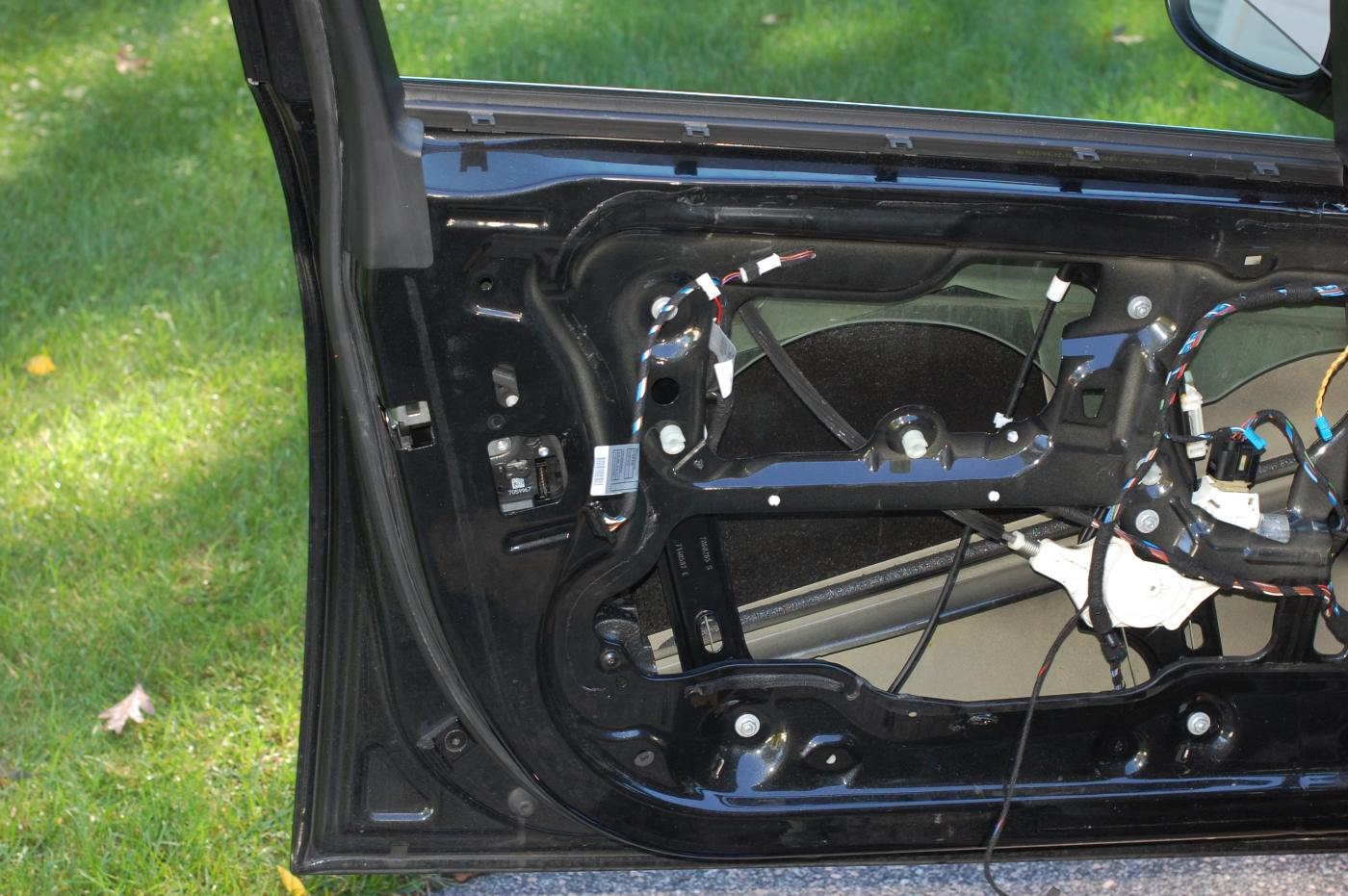Car door lock actuators are an essential part of modern vehicle locking systems, ensuring secure and convenient access to vehicles. These actuators operate with precision to lock and unlock car doors via remote controls or manual buttons. However, the performance of car door lock actuators can be significantly affected by various environmental factors. Understanding these factors and implementing protective measures is critical to extending the lifespan of the actuators and ensuring consistent functionality.
In this article, we will explore how environmental conditions such as temperature, humidity, dust, and corrosion influence the performance of car door lock actuators and discuss the best protective measures to safeguard them from damage.
A car door lock actuator is a small yet powerful electric device responsible for locking and unlocking a car's doors with precision. It works in conjunction with other vehicle systems like central locking or remote key fobs. While the technology behind car door lock actuators is highly reliable, these components are vulnerable to environmental factors that can lead to malfunction or failure over time.
Temperature Extremes
Car door lock actuators can be adversely affected by extreme temperatures. In colder climates, freezing temperatures can cause the mechanisms within the actuator to become stiff, resulting in slower response times or complete failure. On the other hand, excessive heat can cause the actuator's electrical components to overheat, leading to reduced functionality or electrical malfunctions.
Humidity and Moisture
Moisture is one of the biggest threats to the proper functioning of car door lock actuators. High humidity levels can introduce moisture into the actuator’s internal mechanisms, leading to corrosion of metal parts and deterioration of electrical connections.
Dust and Dirt
Dust, dirt, and other debris can accumulate inside the car door lock actuator, causing it to jam or operate inefficiently. Dust particles can also lead to increased friction between moving parts, ultimately causing wear and tear.
Vibration and Mechanical Stress
The constant opening and closing of doors, combined with vibrations caused by driving, can affect the longevity of car door lock actuators. Over time, mechanical stress from repeated use can lead to the loosening of components or failure of the actuator’s internal gears.

To protect car door lock actuators from environmental damage, vehicle owners and manufacturers can take several proactive steps. Implementing these measures will ensure optimal performance and longevity of the actuators.
Sealing and Weatherproofing
One of the most effective ways to protect car door lock actuators from environmental factors is by ensuring they are properly sealed and weatherproofed. Many modern actuators come with rubber or plastic seals designed to keep moisture, dust, and dirt out of the internal components.
Regular Maintenance and Cleaning
Routine maintenance is crucial for ensuring that car door lock actuators remain in good working condition. Regular inspections can help identify issues such as dirt build-up, rust, or loose connections before they cause serious damage.
Temperature Control Measures
To prevent damage caused by extreme temperatures, car door lock actuators can be fitted with insulation or heat-resistant materials. This is especially useful in regions with hot climates or where temperature fluctuations are common.
Anti-Vibration Mounts
To minimize the impact of mechanical stress and vibrations, installing anti-vibration mounts can help cushion the actuator from shocks. This will help reduce wear and tear over time, ensuring longer-lasting performance.
The performance of car door lock actuators is highly dependent on the surrounding environmental conditions. Factors such as temperature extremes, humidity, dust, and mechanical stress can all negatively impact their operation. By understanding these influences and implementing protective measures like sealing, regular maintenance, and vibration reduction, vehicle owners and manufacturers can significantly extend the lifespan and reliability of car door lock actuators.
Taking care of your car door lock actuator not only ensures a secure locking mechanism but also helps avoid the inconvenience of malfunctioning door locks. Regular inspection, proper maintenance, and preventive measures are key to protecting these crucial components from environmental wear and tear.
Car door lock actuators are small but vital components that play a large role in vehicle security. Make sure yours are protected for the long term!
GET A QUOTE